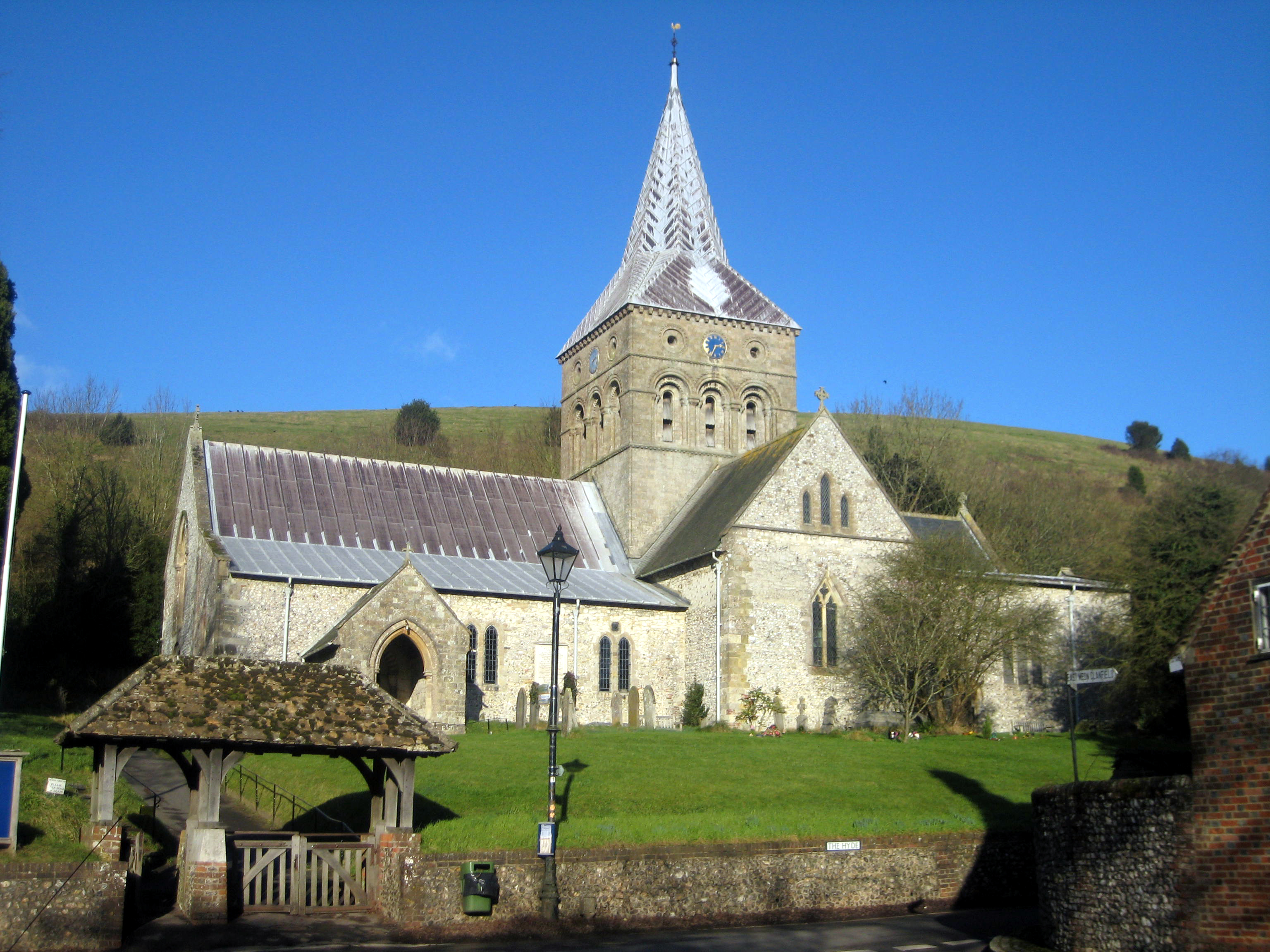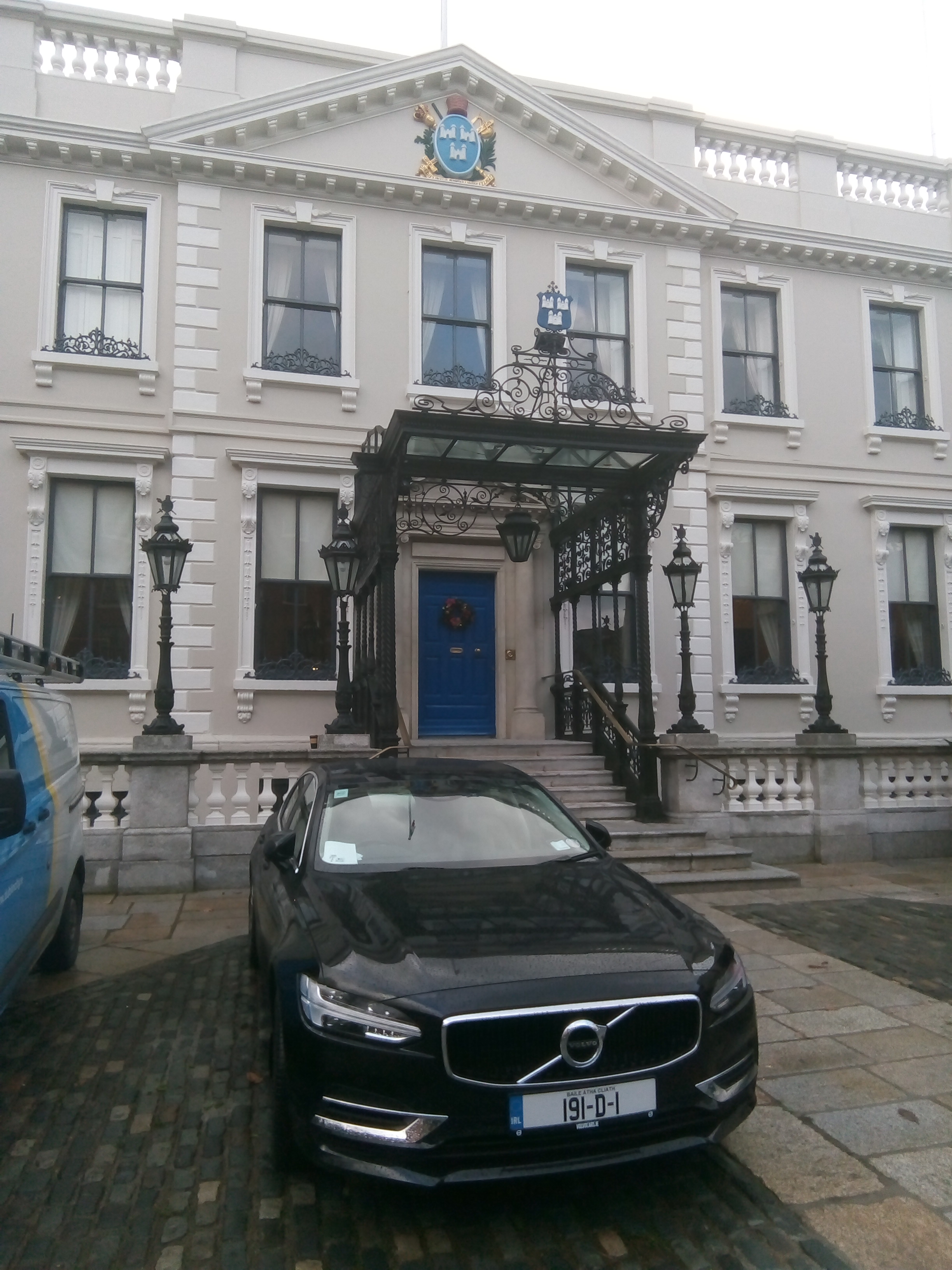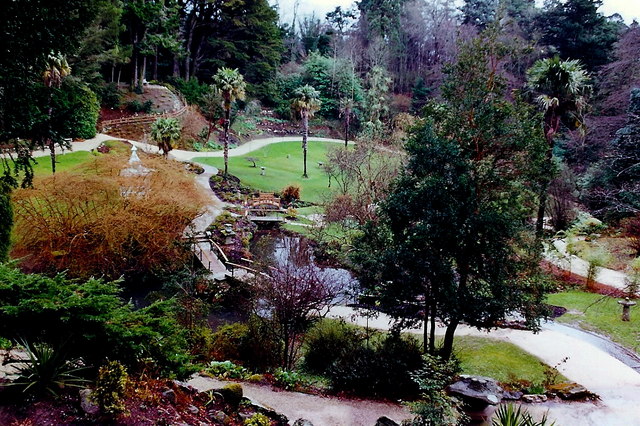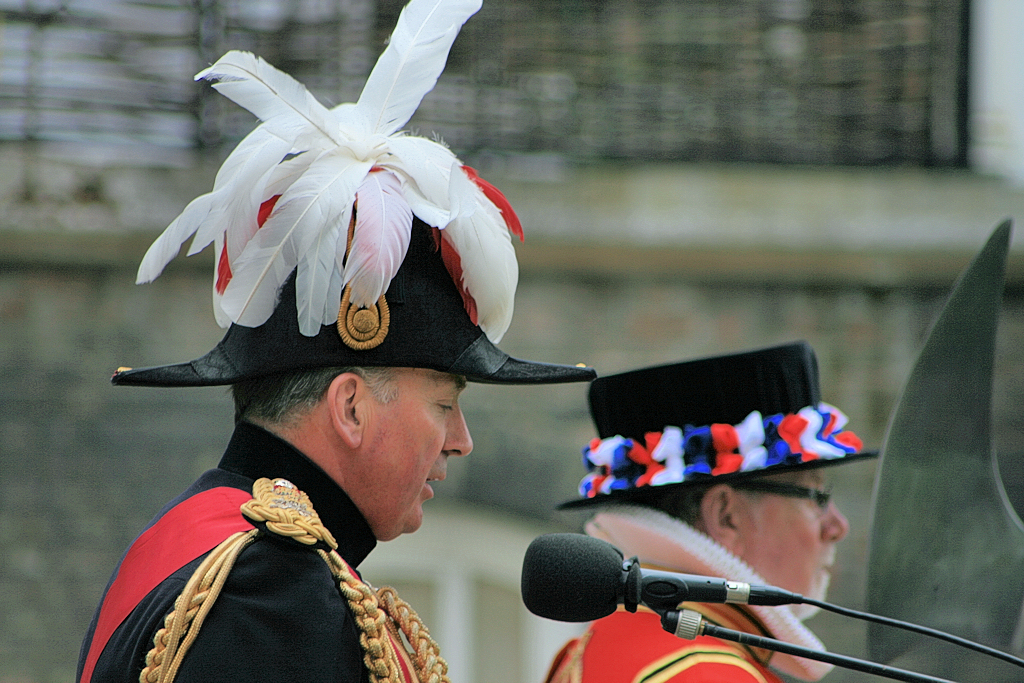|
De Meones Family
The De Meones, or de Moenes family were an Anglo-Irish family who originated in East Meon in Hampshire. They moved to Ireland in the late thirteenth century, became substantial landowners in Dublin and Meath, and gave their name to the suburb of Rathmines. Foundations The family came from the village of East Meon in Hampshire. William de Meones, the first family member to live in Ireland, came from England in 1279–80 as a clerk in the entourage of John de Derlington, Archbishop of Dublin (Roman Catholic), Archbishop of Dublin.Ball, F. Elrington ''The Judges in Ireland 1221–1921'' John Murray London 1926 Vol.1 pp.58, 88 He acted as the Archbishop's executor following his death in 1284, and in that capacity he defended a lawsuit brought by Thomas de Chaddesworth, Dean of St Patrick's Cathedral, for expenses allegedly due to him.Monck, William Mason "''The History and Antiquities of the Collegiate and Cathedral Church of St Patrick near Dublin"'' Dublin 1820 p.113 He became ... [...More Info...] [...Related Items...] OR: [Wikipedia] [Google] [Baidu] |
Anglo-Irish
Anglo-Irish people () denotes an ethnic, social and religious grouping who are mostly the descendants and successors of the English Protestant Ascendancy in Ireland. They mostly belong to the Anglican Church of Ireland, which was the State religion, established church of Ireland until 1871, or to a lesser extent one of the English Dissenters, English Dissenting churches, such as the Methodism, Methodist Church, though some were Catholic Church, Catholics. They often defined themselves as simply "British", and less frequently "Anglo-Irish", "Irish" or "English". Many became eminent as administrators in the British Empire and as senior Irish military diaspora#Britain, army and naval officers since the Kingdom of England and Kingdom of Great Britain, Great Britain were in a real union with the Kingdom of Ireland for over a century, before politically uniting into the United Kingdom of Great Britain and Ireland in 1801. The term is not usually applied to Presbyterianism, Presbyteri ... [...More Info...] [...Related Items...] OR: [Wikipedia] [Google] [Baidu] |
Glencree
Glencree ( from the older Gleann Criothach, which translates as Valley of the Shaking Bog) is a valley in the Wicklow Mountains in eastern Republic of Ireland, Ireland. It is the third-closest valley in the mountains to Dublin city, the first being Glencullen and the second Glenasmole. The River Dargle flows down the valley, which rises to a height of about 400 metres (1,312 feet). The foot of the valley is the site of the village of Enniskerry. In medieval times it was heavily wooded and was a royal forest, apparently the only royal forest in Ireland. The trees seem to have mainly been oak. The name of at least one Royal Forester at Glencree is known, Sir Thomas Fitzadam, who was appointed in 1219. The barracks The top of the glen emerges onto the military road, constructed by the British Army in the early 19th century in order to hunt down the United Irishmen guerrillas, holding out in the mountains after the Irish Rebellion of 1798. A barracks was built just off the road in 1 ... [...More Info...] [...Related Items...] OR: [Wikipedia] [Google] [Baidu] |
Charitable
Charity is the voluntary provision of assistance to those in need. It serves as a humanitarian act, and is unmotivated by self-interest. Various philosophies about charity exist, with frequent associations with religion. Etymology The word ''charity'' originated in late Old English to mean a "Christian love for one's fellows", and until at least the beginning of the 20th century, this meaning remained synonymous with charity. Apart from this original meaning, ''charity'' is etymologically linked to Christianity, with the word originally entering the English language through the Old French word , which derived from the Latin">-4; we might wonder whether there's a point at which it's appropriate to talk of the beginnings of French, that is, when it wa ... word , which derived from the Latin , a word commonly used in the Vulgate New Testament to translate the Greek word (), a distinct form of Love (religious views)#Christian, love. Over time, the meaning of ''charity'' has ev ... [...More Info...] [...Related Items...] OR: [Wikipedia] [Google] [Baidu] |
John Le Decer
John Le Decer (died 1332) was a fourteenth-century Mayor of Dublin, who had a notable record of charitable works and civic improvement. John Le Decer served as mayor on six occasions, in 1302, 1305, from 1307 to 1309 and in 1324. He was a man of considerable wealth, and carried out a number of noted public works "at his own expense". He was married and had at least one daughter, Elena, who married Robert de Meones, of the prominent Anglo-Irish De Meones family who gave their name to the suburb of Rathmines in south Dublin. They had at least one son, John de Meones, who served three terms as Mayor of Dublin between 1331 and 1338. Civil projects Public water supply His most striking project was the marble cistern he built in 1308. This held Dublin's main water conduit in Cornmarket, adjacent to St. Audoen's Church in the centre of the medieval city, a work "such as was never seen here before". It was commonly called "Le Decer's Fountain", and is so described on the 1400 map of ... [...More Info...] [...Related Items...] OR: [Wikipedia] [Google] [Baidu] |
Lord Mayor Of Dublin
The Lord Mayor of Dublin () is the honorary title of the chairperson ( ) of Dublin City Council which is the local government body for the city of Dublin, the capital of Ireland. The incumbent, since December 2024, is Fine Gael councillor Emma Blain who was elected to the position following James Geoghegan (Fine Gael politician), James Geoghegan's election to Dáil Éireann at the 2024 Irish general election. The office holder is elected annually by the members of the council. Background The office of Mayor of Dublin was created in June 1229 by Henry III of England, Henry III. The office of ''Mayor'' was elevated to ''Lord mayor, Lord Mayor'' in 1665 by Charles II of England, Charles II, and as part of this process received the honorific ''the Right Honourable'' (''the Rt Hon.''). Lord mayors were members of the Privy Council of Ireland, which also entitled them to be addressed as ''the Right Honourable''. Though the Privy Council was abolished in 1922, the Lord Mayor contin ... [...More Info...] [...Related Items...] OR: [Wikipedia] [Google] [Baidu] |
Powerscourt Estate
Powerscourt Estate (), located in Enniskerry, County Wicklow, Ireland, is a large country estate which is noted for its house and landscaped gardens, today occupying . The house, originally a 13th-century castle, was extensively altered during the 18th century by German architect Richard Cassels, starting in 1731 and finishing in 1741. A fire in 1974 left the house lying as a shell until it was renovated in 1996. The Wingfield family had long coveted the lands of Phelim O'Toole of Powerscourt (d. 1603), seeking to draw Phelim O'Toole into an act of rebellion, the penalty for which was forfeiture. The feud climaxed on 14 May 1603 when the Wingfields murdered Phelim in the place known as the Killing Hollow near Powerscourt, despite the fact that Phelim's grandson and heir Turlough son of Phelim's son (d. 1616) remained in occupation of Powerscourt. King James I of England (d. 1625) on 27 October 1603 granted a lease of the manor of Powerscourt for 21 years to Sir Richard Wingfie ... [...More Info...] [...Related Items...] OR: [Wikipedia] [Google] [Baidu] |
Newcastle, County Wicklow
Newcastle () is a village in County Wicklow, Ireland. It is situated on the R761 and is about south of Dublin city. Newcastle had a population of 924 as of the 2016 census. The ancient barony of Newcastle, which surrounds the village, takes its name from the village and its Norman castle. History The village is half a mile from the castle and church where it was originally located. Newcastle takes its name from the castle, built by the Normans on an earlier Irish fortification in the territory of the O'Byrne's. It was constructed between 1177 and 1184 by Hugh de Lacy, Lord of Meath. The castle, called Newcastle Mackynegan, became a major stronghold in the outer fortifications of the Pale. Even so, it was attacked and occupied at intervals by the Wicklow Irish chieftains, the O'Tooles and the O'Byrnes. The current ruin on the site is not that of the castle, which was destroyed in the 16th century, but of a building which was erected on the site. The castle was the administrat ... [...More Info...] [...Related Items...] OR: [Wikipedia] [Google] [Baidu] |
Arklow
Arklow ( ; ; ) is a town in County Wicklow on the southeast coast of Ireland. The town is overlooked by Ballymoyle Hill. It was founded by the Vikings in the ninth century. Arklow was the site of one of the Battle of Arklow, bloodiest battles of the Irish Rebellion of 1798, 1798 rebellion. Its proximity to Dublin led to it becoming a commuter town with a population of 13,163 as of the 2016 census of Ireland, 2016 census. The 2022 census of Ireland, 2022 census recorded a population of 13,399. The town is in a townland and Civil parishes in Ireland, civil parish of the same name. Arklow is at the mouth of the River Avoca, the longest river wholly within County Wicklow. The town is divided by the river, which is crossed by the Nineteen Arches Bridge, a stone arch bridge linking the southern or main part of the town with the northern part, called Ferrybank. The Nineteen Arches Bridge is the longest handmade stone bridge in Ireland, and a plaque on the south end of the bridge ackn ... [...More Info...] [...Related Items...] OR: [Wikipedia] [Google] [Baidu] |
Castles
A castle is a type of fortified structure built during the Middle Ages predominantly by the nobility or royalty and by military orders. Scholars usually consider a ''castle'' to be the private fortified residence of a lord or noble. This is distinct from a mansion, palace, and villa, whose main purpose was exclusively for ''pleasance'' and are not primarily fortresses but may be fortified. Use of the term has varied over time and, sometimes, has also been applied to structures such as hill forts and 19th- and 20th-century homes built to resemble castles. Over the Middle Ages, when genuine castles were built, they took on a great many forms with many different features, although some, such as curtain walls, arrowslits, and portcullises, were commonplace. European-style castles originated in the 9th and 10th centuries after the fall of the Carolingian Empire, which resulted in its territory being divided among individual lords and princes. These nobles built castl ... [...More Info...] [...Related Items...] OR: [Wikipedia] [Google] [Baidu] |
Constable
A constable is a person holding a particular office, most commonly in law enforcement. The office of constable can vary significantly in different jurisdictions. ''Constable'' is commonly the rank of an officer within a police service. Other people may be granted powers of a constable without holding this title. Etymology Etymologically, the word ''constable'' is a loan from Old French ''conestable'' (Modern French ''connétable''),p. 93b-283a, T. F. Hoad, ''The Concise Oxford Dictionary of English Etymology'' (Oxford University Press, 1993) itself from Late Latin ''comes stabuli'' ( attendant to the stables, literally 'count of the stable'), and originated from the Roman Empire; originally, the constable was the officer responsible for keeping the horses of a lord or monarch.p103, Bruce, Alistair, ''Keepers of the Kingdom'' (Cassell, 2002), [...More Info...] [...Related Items...] OR: [Wikipedia] [Google] [Baidu] |
Soldier
A soldier is a person who is a member of an army. A soldier can be a Conscription, conscripted or volunteer Enlisted rank, enlisted person, a non-commissioned officer, a warrant officer, or an Officer (armed forces), officer. Etymology The word ''soldier'' derives from the Middle English word , from Old French or , meaning mercenary, from , meaning shilling's worth or wage, from or , shilling. The word is also related to the Medieval Latin , meaning soldier (). These words ultimately derive from the Late Latin word , referring to an Ancient Rome, ancient Roman coin used in the Byzantine Empire. Occupational and other designations In most armies, the word "soldier" has a general meaning that refers to all members of an army, distinct from more specialized military occupations that require different areas of knowledge and skill sets. "Soldiers" may be referred to by titles, names, Nickname, nicknames, or Acronym, acronyms that reflect an individual's military occupation spec ... [...More Info...] [...Related Items...] OR: [Wikipedia] [Google] [Baidu] |









